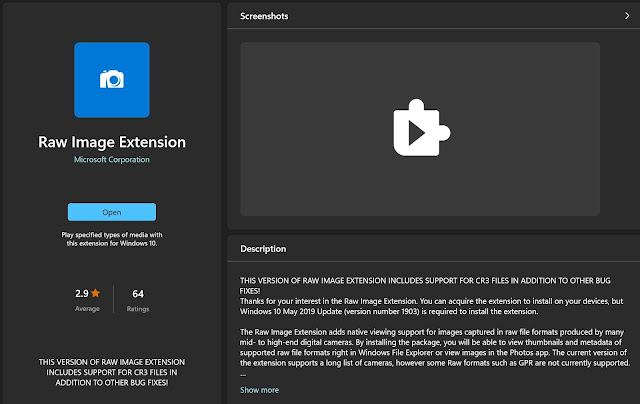Exposure approach for the Nikon FE
Almost time to load the film and get started so I need to understand my options and have a practical approach to setting the exposures on the Nikon FE.
The second thing I can't change is white balance. The film packaging doesn't appear to show any white balance recommendation so I'll assume they are daylight balanced (e.g. maybe 6000k). The traditional way of handling this would be to use warm up or cool down filters but for the more casual photographer they probably wouldn't bother. Like many (mostly) digital photographers I don't have a set of colour correction filters so won't worry.
As long as I remember to set the ISO value on the meter this should be my most accurate approach.
With the camera there were two filters:
The aperture priority mode with it's TTL metering should be a good option when using the filters.
There's two options here:
For the calculation approach I can write out a simple table of distances and f-stops. This may be best done with a real world guide number and for a zoom setting that matches the lens, so 50mm. There are various tools that can help with doing this, for example:
http://cpn.canon-europe.com/content/education/technical/flash_power_calculator.do
With fully charged batteries the guide numbers were 36 metres (ISO 100, 105mm) and 25 metres (ISO 100, 50mm).
For ISO 200 this gives the following distances:
Again the most accurate is to use the flash meter. Make a test flash and take a reading at the desired distance. Read off the aperture and set on camera. Change the distance and/or flash power if required.
Invariable
The first thing I have to remember is that I can't change ISO. The old films I plan to use are ISO 200 so that will be my ISO value in all cases (let's ignore any options to pull and push the subsequent processing for the moment). |
| Max Spielmann MX 200 colour print film |
The second thing I can't change is white balance. The film packaging doesn't appear to show any white balance recommendation so I'll assume they are daylight balanced (e.g. maybe 6000k). The traditional way of handling this would be to use warm up or cool down filters but for the more casual photographer they probably wouldn't bother. Like many (mostly) digital photographers I don't have a set of colour correction filters so won't worry.
Ambient manual
The simplest option is to set the camera manually. Aperture is set on the lens and shutter speed on the body. The way to ensure accurate values is to use a handheld light meter, I use a Sekonic L-758DR, which can give very precise readings either for ambient or reflected light. |
| Sekonic L-758DR light meter |
As long as I remember to set the ISO value on the meter this should be my most accurate approach.
Ambient Auto
On the Nikon FE I can set the shutter speed to Auto and thus have an aperture priority mode. I made a few quick comparison tests, camera vs light meter (in spot reflected light mode). These tests suggested that the camera achieves viable values but looks to slightly over expose. The Nikon FE does have the option to set an exposure compensation of +-2 stops which is very handy.With the camera there were two filters:
- A circular polariser which reduces reflections and increases colour saturation
- A 4 stop neutral density or ND filter which helps achieve a good exposure with wide apertures for shallow depth of field in brighter conditions
The aperture priority mode with it's TTL metering should be a good option when using the filters.
Flash
In my earlier notes I mentioned a Yongnuo YN560, in fact I'll probably use the later YN560 mkIV as it has an inbuilt radio trigger so it's more useful to carry generally. This has a claimed guide number of 58m (ISO 100, 105mm zoom) though a quick real-world test gave a result of 32 (batteries may benefit from a charge).There's two options here:
- Calculate based on guide number and distance
- Use a flash meter
For the calculation approach I can write out a simple table of distances and f-stops. This may be best done with a real world guide number and for a zoom setting that matches the lens, so 50mm. There are various tools that can help with doing this, for example:
http://cpn.canon-europe.com/content/education/technical/flash_power_calculator.do
With fully charged batteries the guide numbers were 36 metres (ISO 100, 105mm) and 25 metres (ISO 100, 50mm).
For ISO 200 this gives the following distances:
- f22 1.6m
- f16 2.2m
- f11 3.2m
- f8 4.4m
- f5.6 6.3m
- f4 8.8m
- f2.8 12.6m
- f1.8 20m
Again the most accurate is to use the flash meter. Make a test flash and take a reading at the desired distance. Read off the aperture and set on camera. Change the distance and/or flash power if required.



Comments
Post a Comment